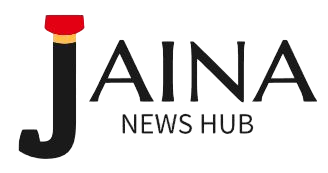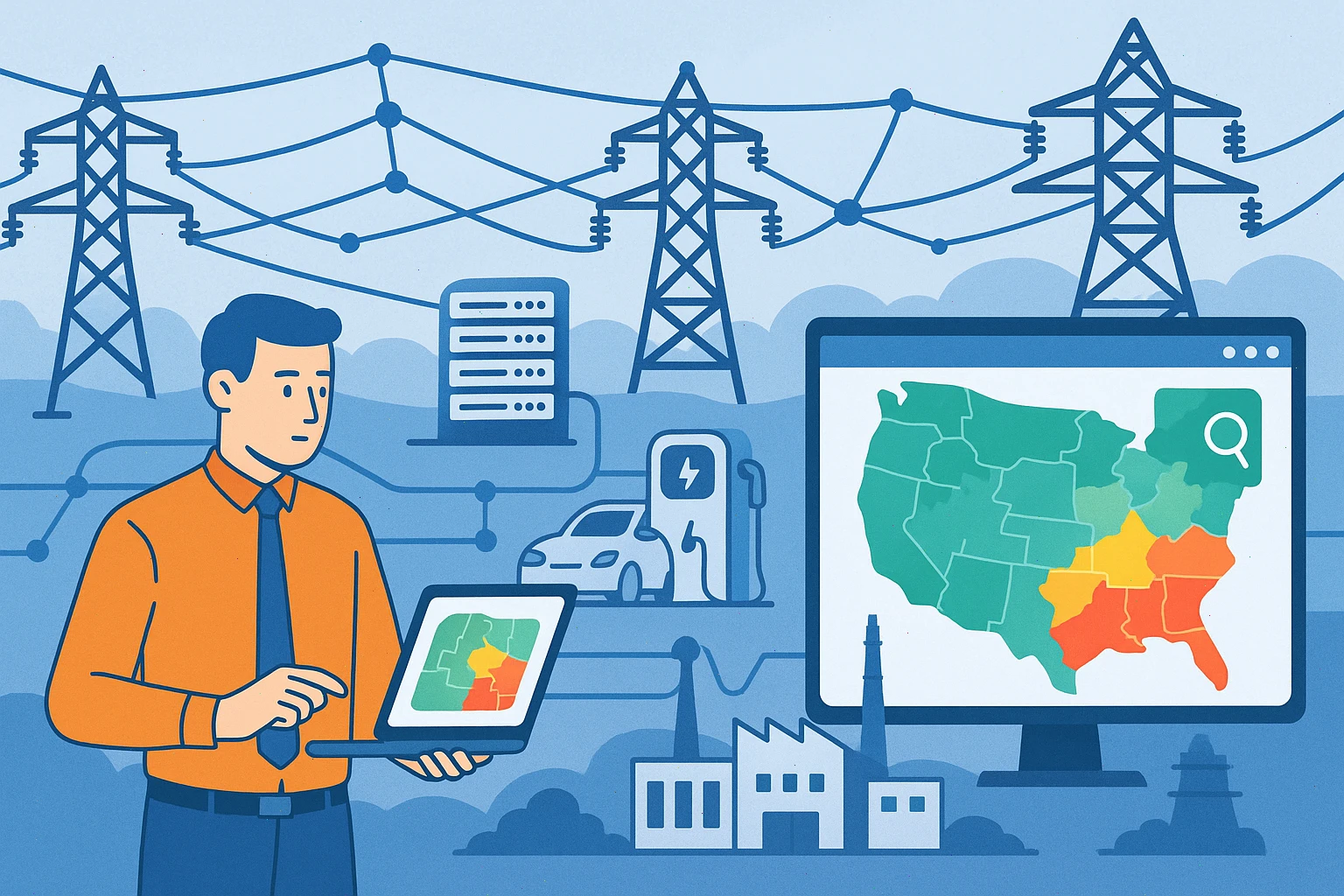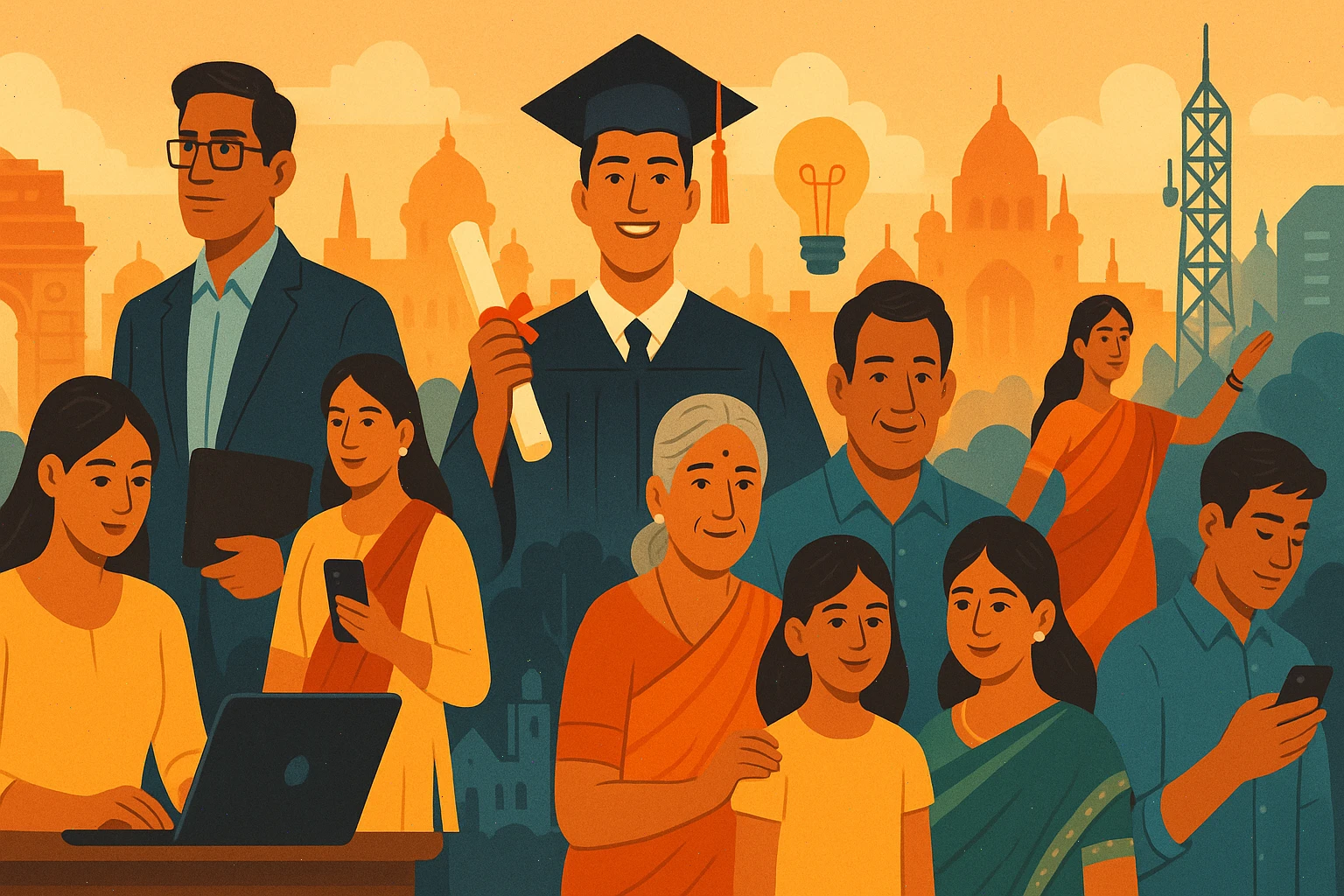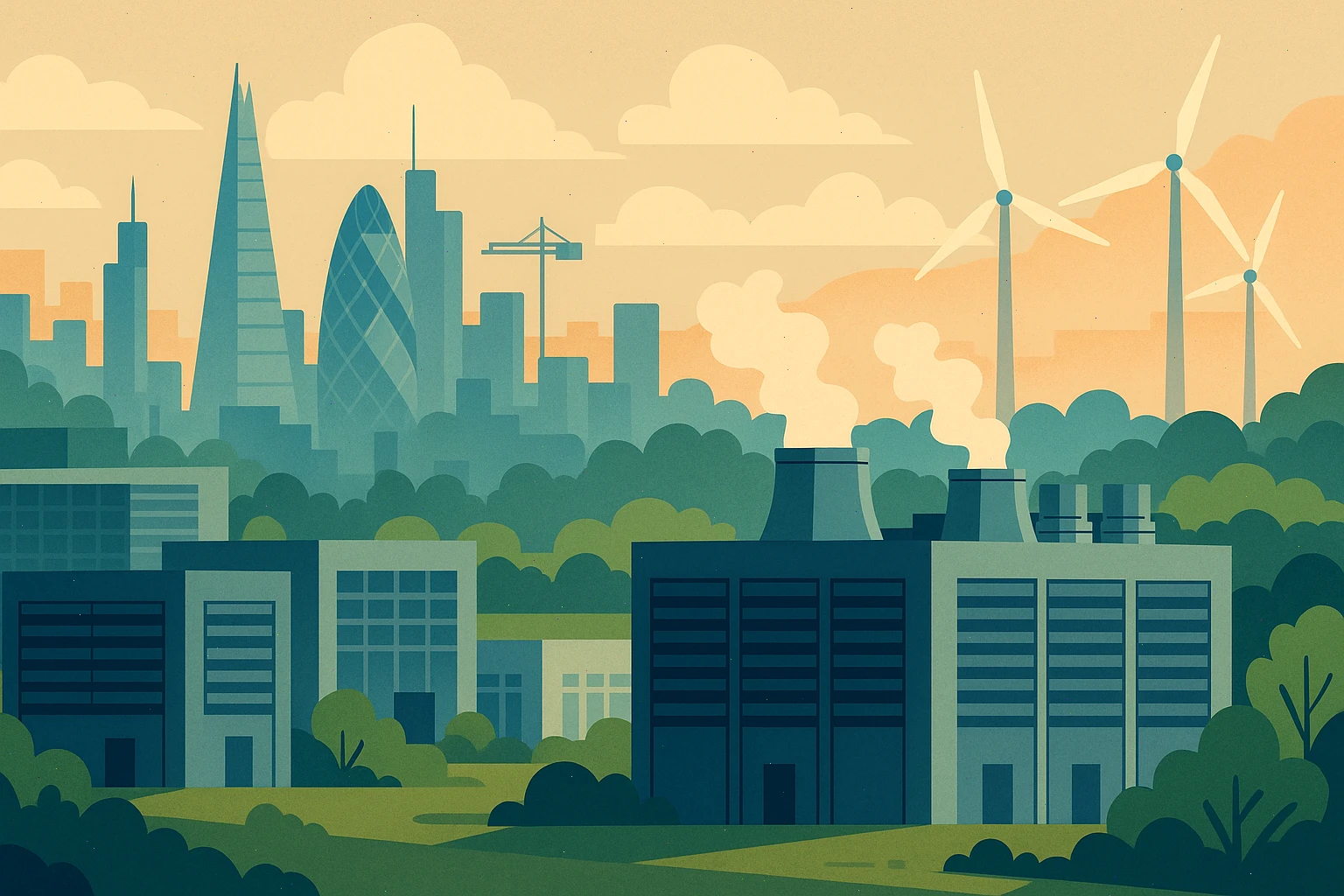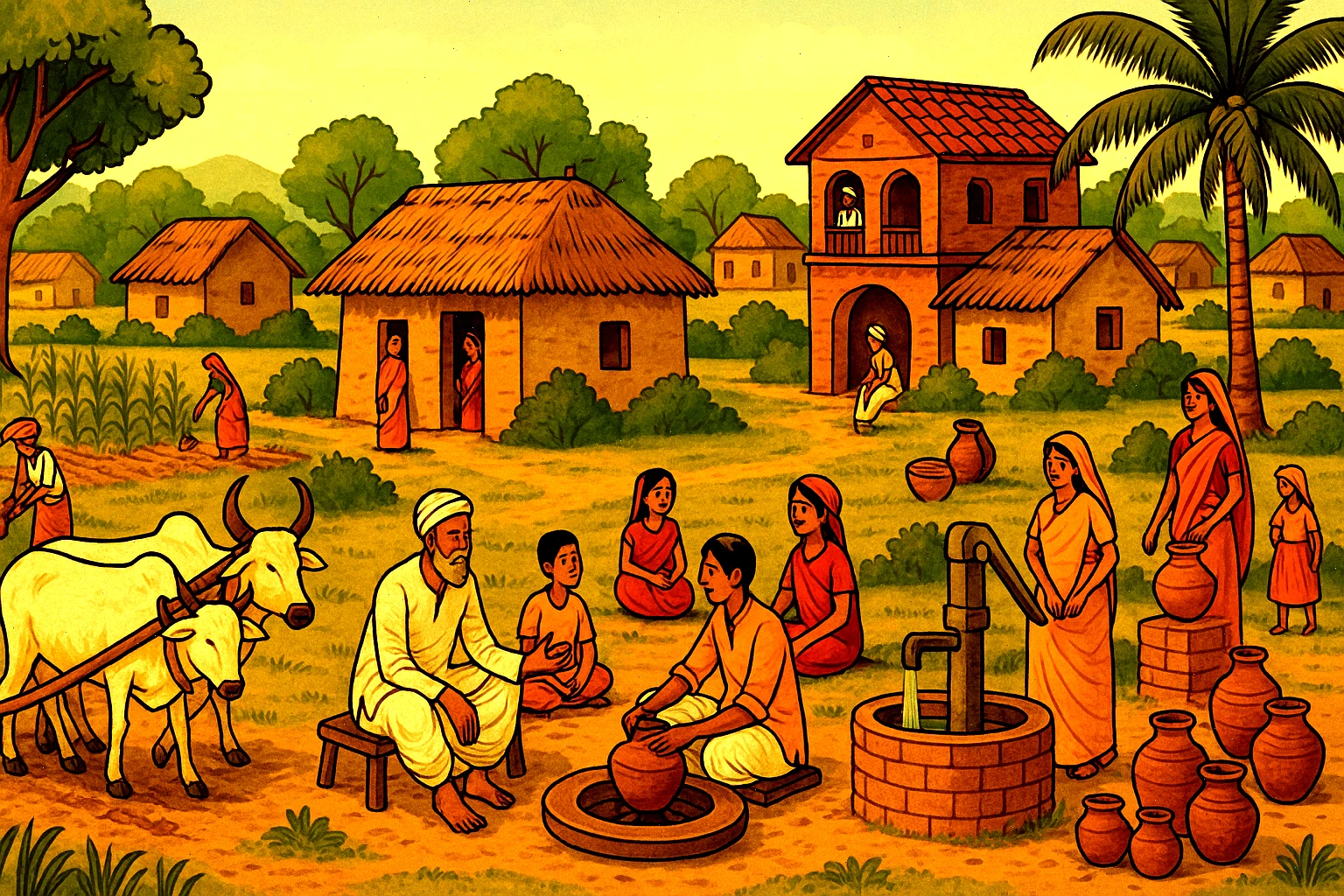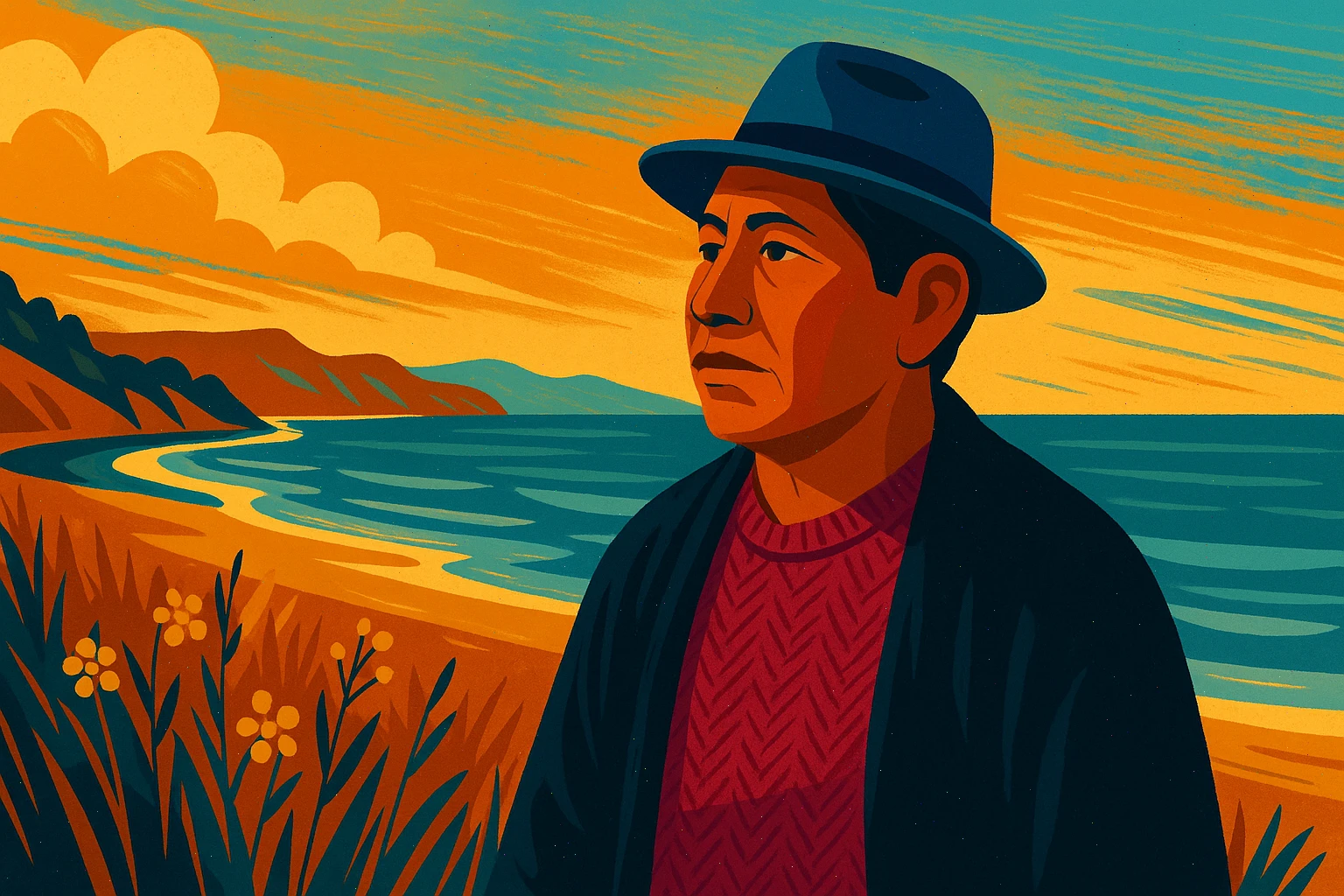
Three days after his father’s death, Aroldo sat quietly by the wood stove in San Juan Atitán, Guatemala. Grieving, he whispered to his mother in Mam: “Nan, waji chix tuj Kytanum Meẍ” — “Mum, I want to go to the white men’s nation,” meaning the U.S. With her blessing, he began a journey across mountains and borders to the San Francisco Bay Area — a strange land full of hope.
Carrying the Language of Ancestors
Aroldo brought one enduring connection to home: the Mam language, rooted in ancient Mayan civilization. He is part of a growing movement — indigenous migrants from Guatemala, Mexico, Honduras, and El Salvador are bringing Mayan languages to communities across the U.S. Languages like Mam and K’iche’ are now regularly heard in immigration courts.
Redefining “Hispanic”
The rise of Mayan speakers challenges the label “Hispanic,” which often assumes Spanish fluency. For many migrants like Aroldo, Spanish is a second language — or not spoken at all. A 2024 California law now requires detailed language data to better serve indigenous communities.
The Unique Needs of Indigenous Migrants
Mayan migrants often flee discrimination and violence. Treating all Latin Americans as a single group can obscure these realities and limit access to vital services. “We must recognize cultural and social hierarchies,” says linguist Tessa Scott, “and not erase them under one label.”
A Living Legacy of Ancient Civilizations
Mayan culture remains vibrant. Though the elite hieroglyphs were nearly lost after Spanish colonization, oral traditions and Latin-alphabet texts survived. Mayan languages contributed words like cigar (from siyar) and cacao. More than 30 Mayan languages still exist, though many are mutually unintelligible — Mam and K’iche’ are as different as English and German.
From Codices to Classrooms
Before colonization, the Mayans used a complex hieroglyphic system, much like Latin in medieval Europe. Though most codices were destroyed, the languages adapted. Today, Mayan glyphs are being revived — printed on clothing, taught in workshops, and passed to younger generations.
Migration as a Cultural Bridge
Migration has long shaped Mayan lives. Some arrived in the U.S. under the WWII-era Bracero Program, but the largest waves came in the 1990s and 2000s. From 2000 to 2021, the Guatemalan population in the U.S. grew from 410,000 to 1.8 million — many of them Mayan.
Oakland as a Modern-Day Mam Hub
Once centered in San Francisco’s Mission District, Mayan communities have moved to more affordable areas like Oakland and Richmond. “When I say I’m from Oakland in San Juan Atitán, people know exactly what that means,” says Scott. Here, families keep traditions alive and stay connected via WhatsApp messages in Mam.
Language as Home
For Aroldo, Mam is more than a language — it’s identity, memory, and comfort. “With so many paisanos here, I rarely feel homesick,” he says. “Language shortens the distance.” He teaches his nephew this order: “First comes Mam, then Spanish, then English.”

